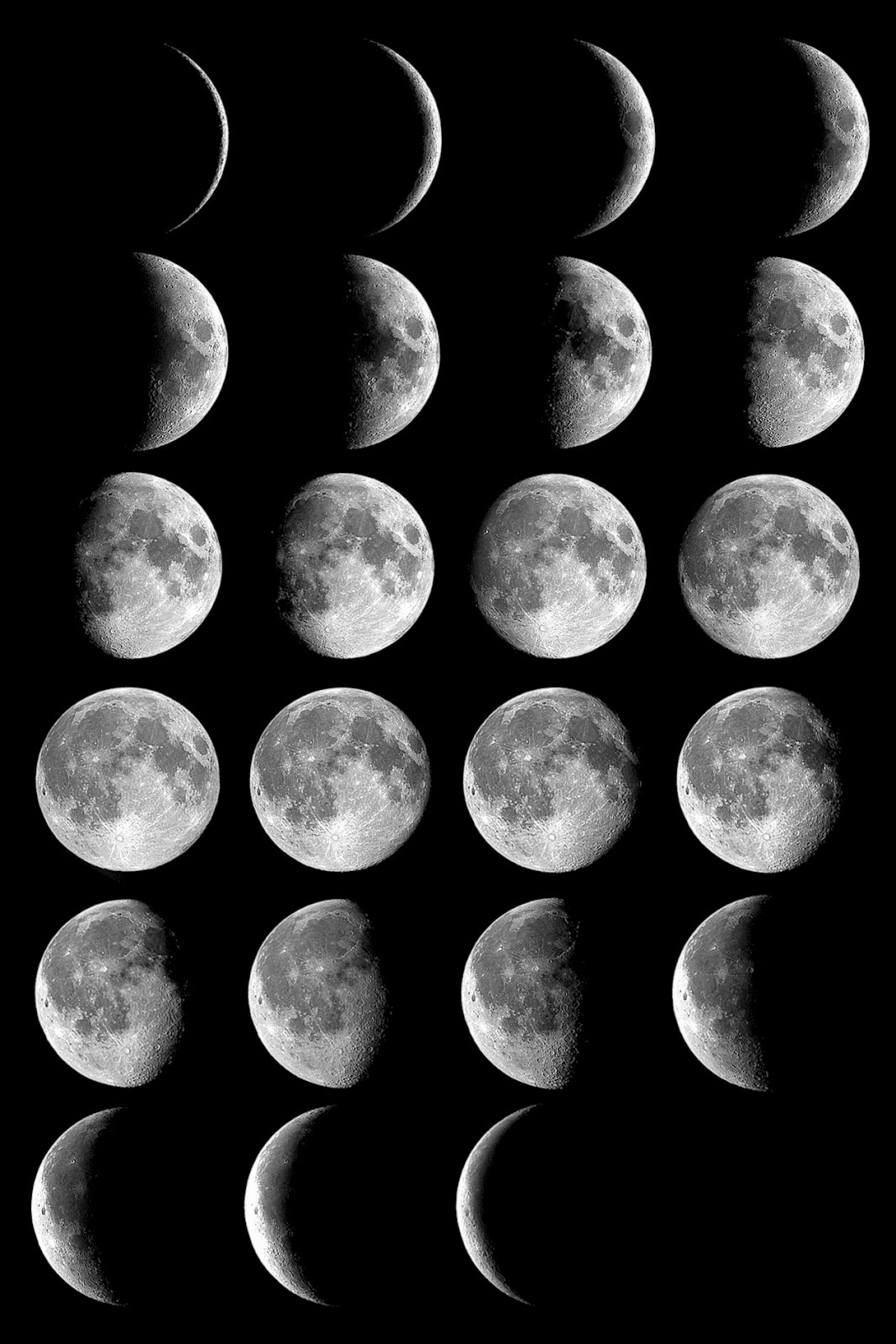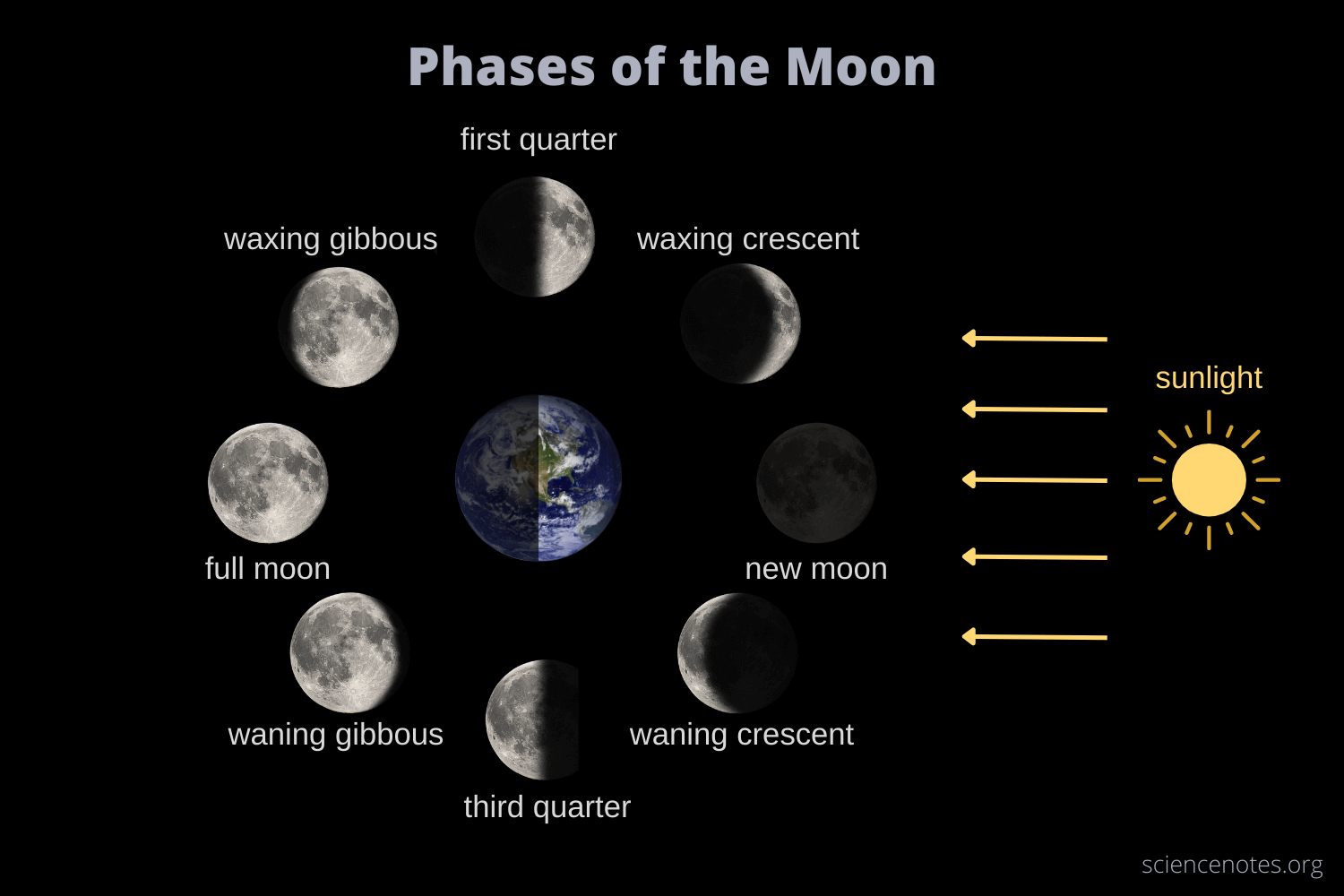Lunar Phases: Understanding The Dance Of The Moon
The moon has always held a special place in human culture, inspiring art, poetry, and scientific inquiry. Its phases, which change continuously as it orbits the Earth, create a mesmerizing spectacle that has captured the imagination of people for millennia. The lunar phases are not just beautiful to observe; they also play a crucial role in various natural phenomena and human activities, from agriculture to fishing. As we delve into the intricacies of the lunar phases, we discover how they influence our lives and the world around us. This article aims to explore the different phases of the moon, their significance, and the science behind them.
Understanding the lunar phases is essential for anyone interested in astronomy or simply looking to connect with nature. Each phase of the moon brings a distinct appearance and symbolism, influencing everything from the tides to human behavior. In this article, we will explore the various phases of the moon, their meanings, and how they affect our daily lives. So, whether you are a seasoned astronomer or a curious novice, join us as we uncover the mysteries of the lunar cycle.
From the enchanting New Moon to the radiant Full Moon, the lunar phases are a testament to the beauty of our celestial neighbor. As we journey through this article, we will answer common questions about the moon's phases, their significance in different cultures, and how they can impact our lives. Let’s embark on this lunar adventure together!
What Are the Different Lunar Phases?
The lunar phases refer to the various stages that the moon goes through in its 29.5-day cycle. These phases are the result of the moon's position relative to the Earth and the Sun. The primary phases include:
- New Moon - The moon is positioned between the Earth and the Sun, making it invisible from Earth.
- Waxing Crescent - A sliver of the moon becomes visible as it starts to move away from the Sun.
- First Quarter - Half of the moon is illuminated, appearing as a half-circle.
- Waxing Gibbous - More than half of the moon is illuminated, leading up to the Full Moon.
- Full Moon - The entire face of the moon is illuminated, creating a bright and beautiful sight.
- Waning Gibbous - The moon begins to decrease in illumination after the Full Moon.
- Last Quarter - Again, half of the moon is illuminated, but this time the opposite side from the First Quarter.
- Waning Crescent - A small sliver of the moon remains visible before it returns to the New Moon phase.
How Do Lunar Phases Affect Tides?
The gravitational pull of the moon is responsible for creating tides on Earth. As the moon orbits, its position influences the water levels in oceans and seas. During the Full Moon and New Moon phases, the gravitational pull is at its strongest, resulting in higher high tides and lower low tides, known as spring tides. Conversely, during the First and Last Quarter phases, the tides are less extreme, resulting in neap tides.
Why Do Lunar Phases Matter in Agriculture?
Farmers have long recognized the impact of lunar phases on agricultural practices. Many believe that planting and harvesting crops in alignment with the lunar cycle can enhance growth and yield. For example, the waxing phases are often considered the best time for planting, while the waning phases are ideal for harvesting. This belief is rooted in the idea that the moon's gravitational influence can affect the moisture in the soil and the growth of plants.
What Symbolism Do Lunar Phases Hold in Different Cultures?
Lunar phases have held deep symbolism in various cultures throughout history. Here are a few examples:
- New Moon: Often symbolizes new beginnings and fresh starts.
- Full Moon: Represents completeness, abundance, and celebration.
- Waxing Phases: Associated with growth, creativity, and manifestation.
- Waning Phases: Linked to reflection, release, and letting go.
How Can You Observe the Lunar Phases?
Observing the lunar phases can be a delightful experience that connects you with nature. Here are some tips to enhance your lunar observations:
- Use a Lunar Calendar: Keep track of the lunar phases by using a lunar calendar or app.
- Find a Dark Spot: Look for a location away from city lights for better visibility.
- Keep a Journal: Document your observations, noting the moon's shape, brightness, and any changes you notice.
- Join a Community: Engage with local astronomy clubs or online communities to share experiences and tips.
What Tools Are Useful for Observing Lunar Phases?
While the moon can be observed with the naked eye, using tools can enhance your experience. Consider the following:
- Telescope: A good telescope can reveal craters and surface details.
- Binoculars: Easy to carry and great for casual observation.
- Sky Maps: Use star charts or apps to help identify constellations and celestial events.
Can Lunar Phases Influence Human Behavior?
Many people believe that lunar phases can affect human emotions and behavior. Some studies suggest that the Full Moon may correlate with increased restlessness and heightened emotions. However, scientific evidence on this topic remains inconclusive, and it's essential to approach such claims with a healthy skepticism.
Conclusion: Embracing the Lunar Phases
The lunar phases offer a captivating glimpse into the dynamic relationship between the Earth, the moon, and the sun. By understanding these phases, we can appreciate the beauty of our natural world and the mysteries it holds. Whether you're an astronomy enthusiast, a farmer, or simply someone who enjoys stargazing, the lunar phases serve as a reminder of the ever-changing rhythm of life. So, the next time you gaze up at the moon, take a moment to reflect on its phases and the wonders of the universe surrounding us.
Exploring The Dynamic Duo: Abel And Bella Hadid
Unraveling The Mystery: Who's Bhad Bhabie's Baby Dad?
The Ultimate Guide To Walking Dead Streaming Platforms


